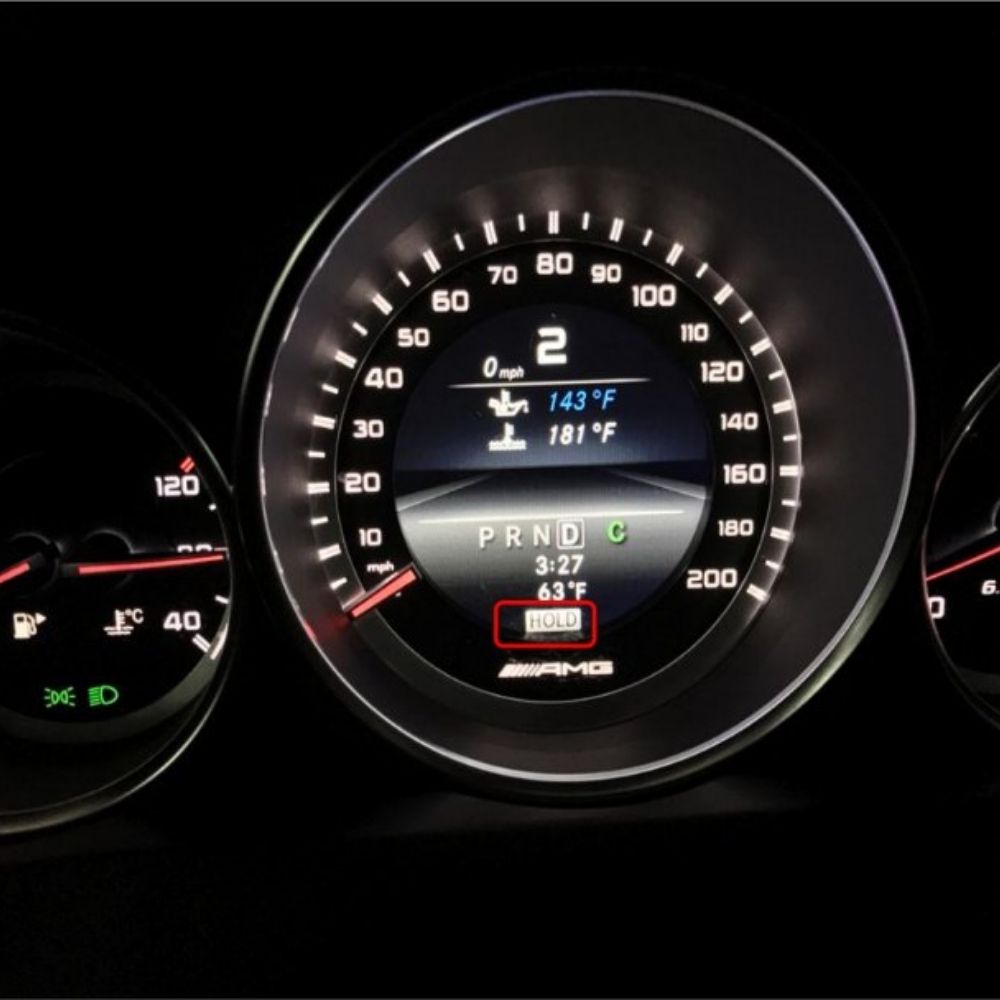
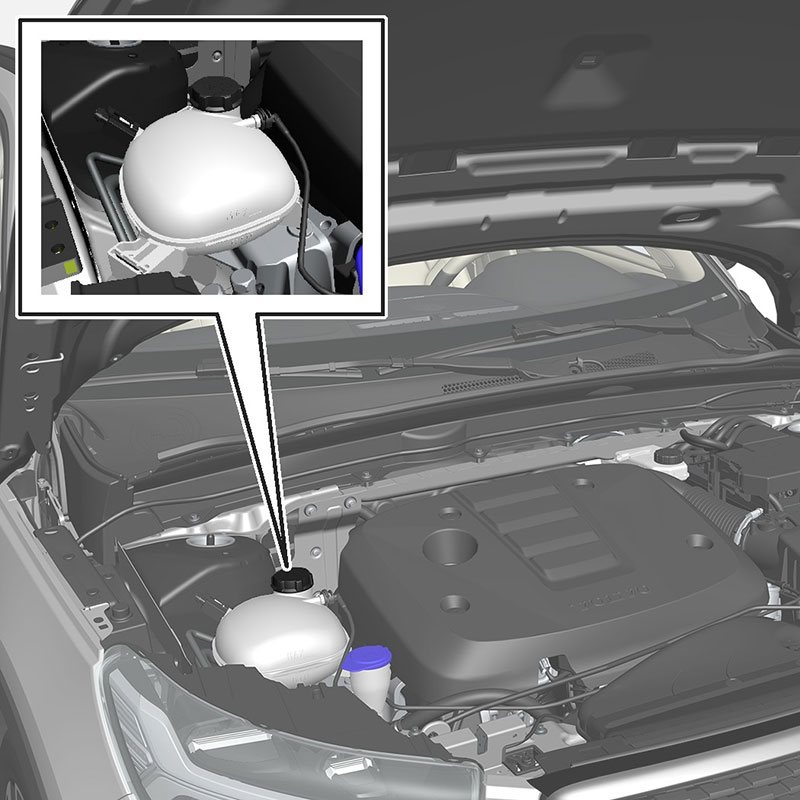
Volvo engine coolant plays a crucial role in maintaining optimal engine performance by regulating temperature and preventing damage under extreme conditions. This guide provides an in-depth look at Volvo’s coolant technologies, specifications, maintenance practices, and best usage tips to help ensure long-term engine health.
Table of Contents
ToggleOver the years, Volvo has introduced several generations of engine coolants, each with distinct chemical compositions and service intervals:
This continuous evolution showcases Volvo’s commitment to improving coolant efficiency while reducing environmental impact.
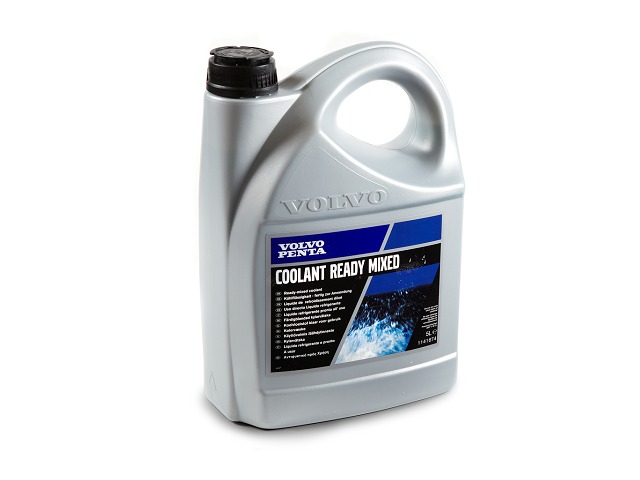
To prevent improper mixing, Volvo assigns distinct colors to each coolant generation:
Proper identification is crucial to prevent mixing incompatible coolants, which can lead to system damage.
Volvo VCS-2 coolant is based on monoethylene glycol (MEG) and incorporates LoBrid Technology, which combines:
Additionally, VCS-2 is free from harmful substances like 2-ethylhexanoic acid (2-EHA), silicates, nitrites, and amines, making it more eco-friendly without compromising performance.
VCS-2 coolant is designed for extreme operating conditions:
These characteristics ensure optimal engine cooling across various climates and driving conditions.
Volvo’s LoBrid Technology provides:
VCS-2 coolant is optimized for use in modern aluminum engine designs and prevents degradation of seals and hoses, minimizing the risk of leaks and overheating.
Volvo recommends changing VCS-2 coolant every four years or 500,000 km, provided the system is in good condition and free of contamination.
Correct dilution is key to ensuring effective cooling:
Only use distilled or deionized water for dilution to prevent mineral deposits.
To avoid air pockets that could cause overheating:
Some technicians use vacuum fill equipment to ensure proper filling, but manual procedures can also be effective.
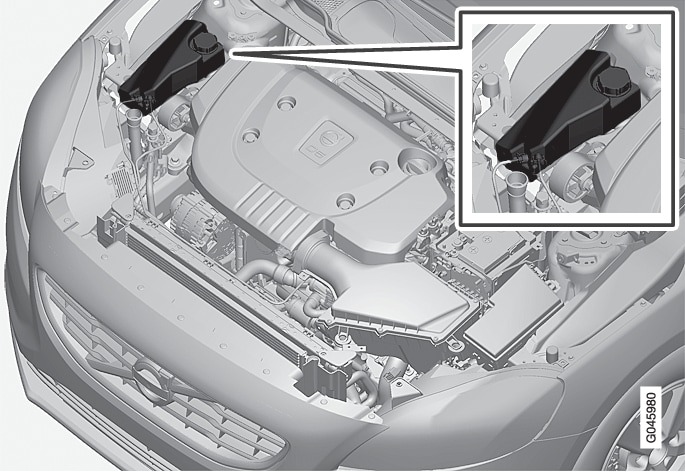
Mixing incompatible coolants can cause:
Strictly following Volvo’s compatibility guidelines is crucial for system longevity.
VCS-2 is free of toxic additives like 2-EHA and features an extended service life, reducing the amount of coolant disposal over a vehicle’s lifetime.
Although safer than older formulations, VCS-2 still contains ethylene glycol, which is harmful if ingested.
Precautions:
Volvo’s VCS-2 coolant represents the pinnacle of modern engine cooling technology, offering extended service life, superior corrosion protection, and enhanced environmental safety. By following recommended service intervals, dilution ratios, and proper handling procedures, Volvo owners and technicians can ensure optimal engine performance and longevity.
Need Expert Car Diagnostic & Programming Support? At AutoExplain, we provide professional car diagnostic, coding, and programming services to keep your vehicle running smoothly. If you need assistance with Volvo cooling system maintenance or any automotive technical support, contact us via WhatsApp: +1(936)2896695.
Visit AutoExplain today for expert guidance on vehicle maintenance and diagnostics!
=> Further read:


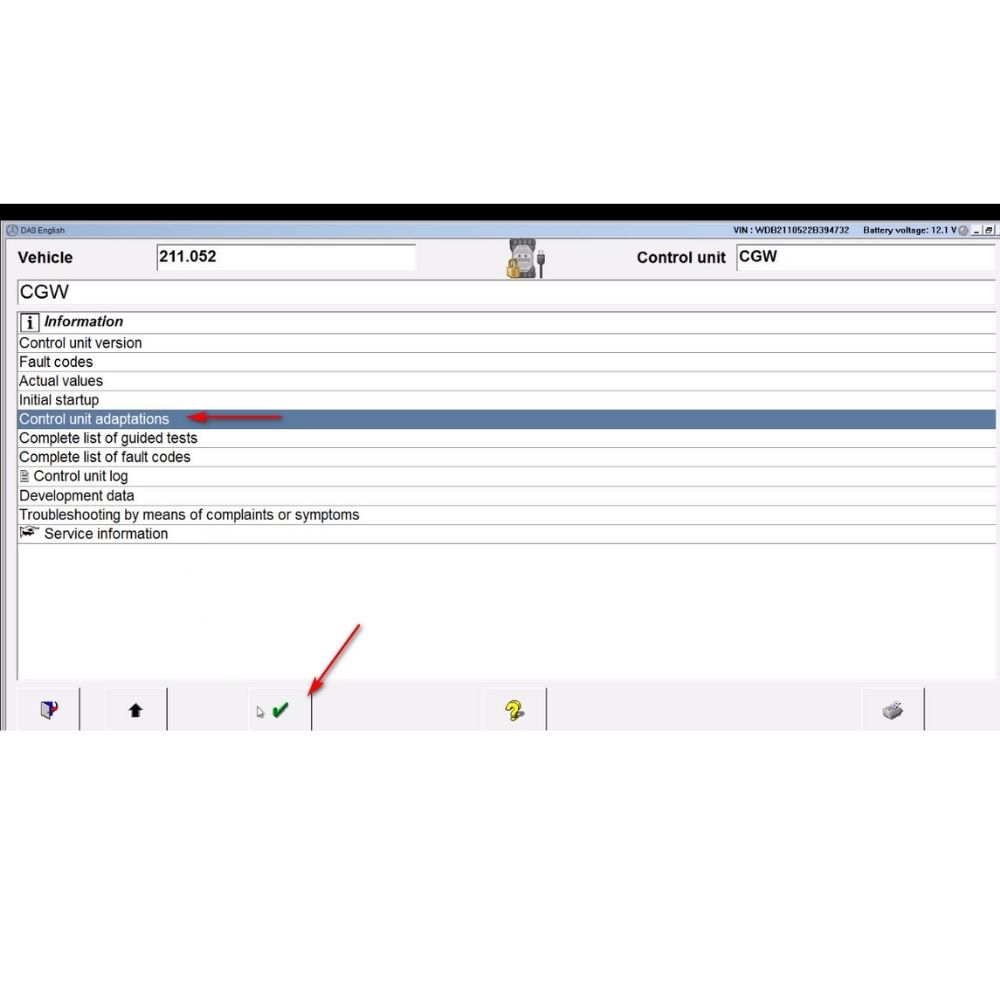
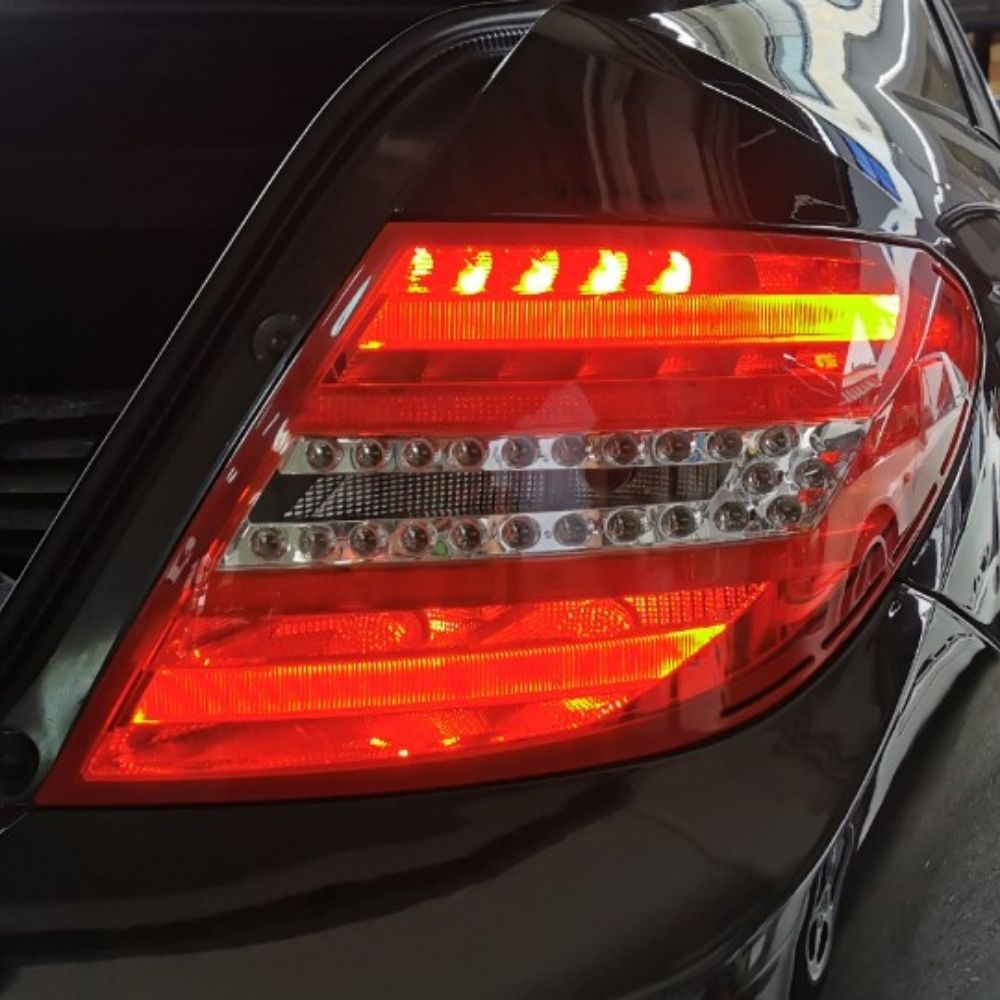

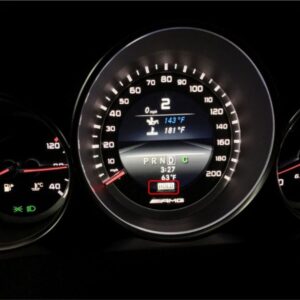

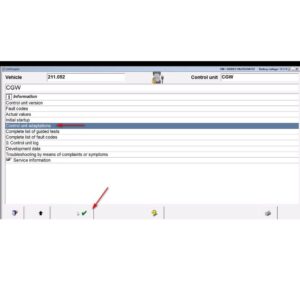
At AutoExplain, we provide automotive online repair service, auto repair tips, car repair manuals & document & training course to help mechanics of all experience levels—fix vehicles efficiently
AUTO EXPLAIN LLC
Employer Identification Number (EIN):
38-4349958
Whatsapp Us: +1(936)2896695
Gmail: [email protected]
Our Workshop: 1500 N Grant ST Sten Denver, Colorado, United States
Copyright 2025 © AutoExplain